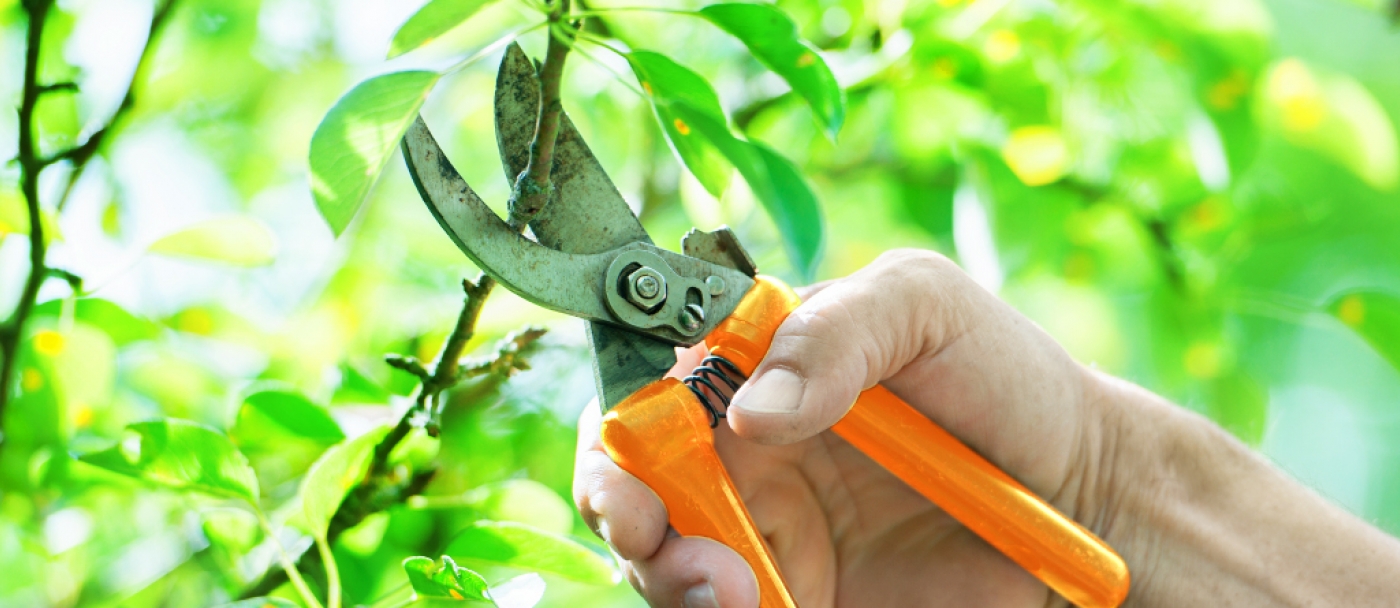How to Prune Your Fruit Trees

Pruning fruit trees isn’t only about improving the appearance of the tree. Regular pruning promotes larger harvests and healthy, vigorous trees that are more tolerant to drought and other difficult conditions.
Don’t be intimidated by the idea of pruning fruit trees; the task isn’t as complicated as you may think. The following information should help:
When to Prune Fruit Trees
Pruning fruit trees in late winter, just before buds swell, triggers vigorous new growth. As an added benefit, pruning before leaves appear allows you to see what you’re doing.
Early summer pruning is possible, but keep in mind that pruning in summer reduces growth and prevents development of new shoots. If you didn’t prune in late winter, or if you need to prune to reduce the height and width of the tree, it’s healthier to wait until midsummer.
Avoid pruning in late fall or early winter, which results in tender new growth that is more likely to be nipped by winter cold.
How to Prune Fruit Trees
- Prune moderately every year to keep the tree in good condition. Avoid heavy pruning and don’t remove branches without good reason.
- Prune diseased, dead, or broken branches.
- Cut off branches that cross or rub other branches, and those that grow downward or toward the center of the fruit tree.
- Remove any suckers growing from the base of the tree.
- Thin inside the canopy of the tree to allow air to penetrate. Leave 36 to 75 cm of space around each branch.
- Remove watersprouts, which are straight sprouts that grow up from the trunk or from older branches.
- Prune droopy branches or limbs growing too close to the ground.
- As a general rule, prune the tree where more growth is needed, as pruning will stimulate growth in that area. It may sound counterproductive, but you should prune less where growth is excessive.
- Use a sharp pruner to make clean, flush cuts. Avoid stubs, which are unsightly and more likely to decay.





